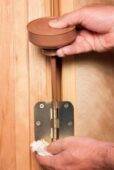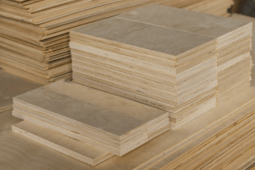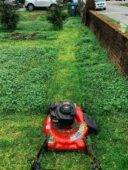Wood Carving Tools and Basics to Get Started
Entering the world of wood carving is akin to stepping into a realm where creativity meets tradition. For beginners, this journey starts with understanding the foundational elements of the craft, with selecting the right wood carving tools being paramount. If you are new to wood carving, don’t fret, as we’ll take you through the essential tools you’ll need to get started.
The Essential Wood Carving Tools for Every Beginner
Wood carving is an art form that has been passed down through generations, evolving with time yet retaining its core essence. At the heart of this craft are the tools that allow artists to transform a simple piece of wood into a masterpiece. For those just starting out, the plethora of available tools can seem overwhelming. However, knowing the basics can simplify this process significantly.
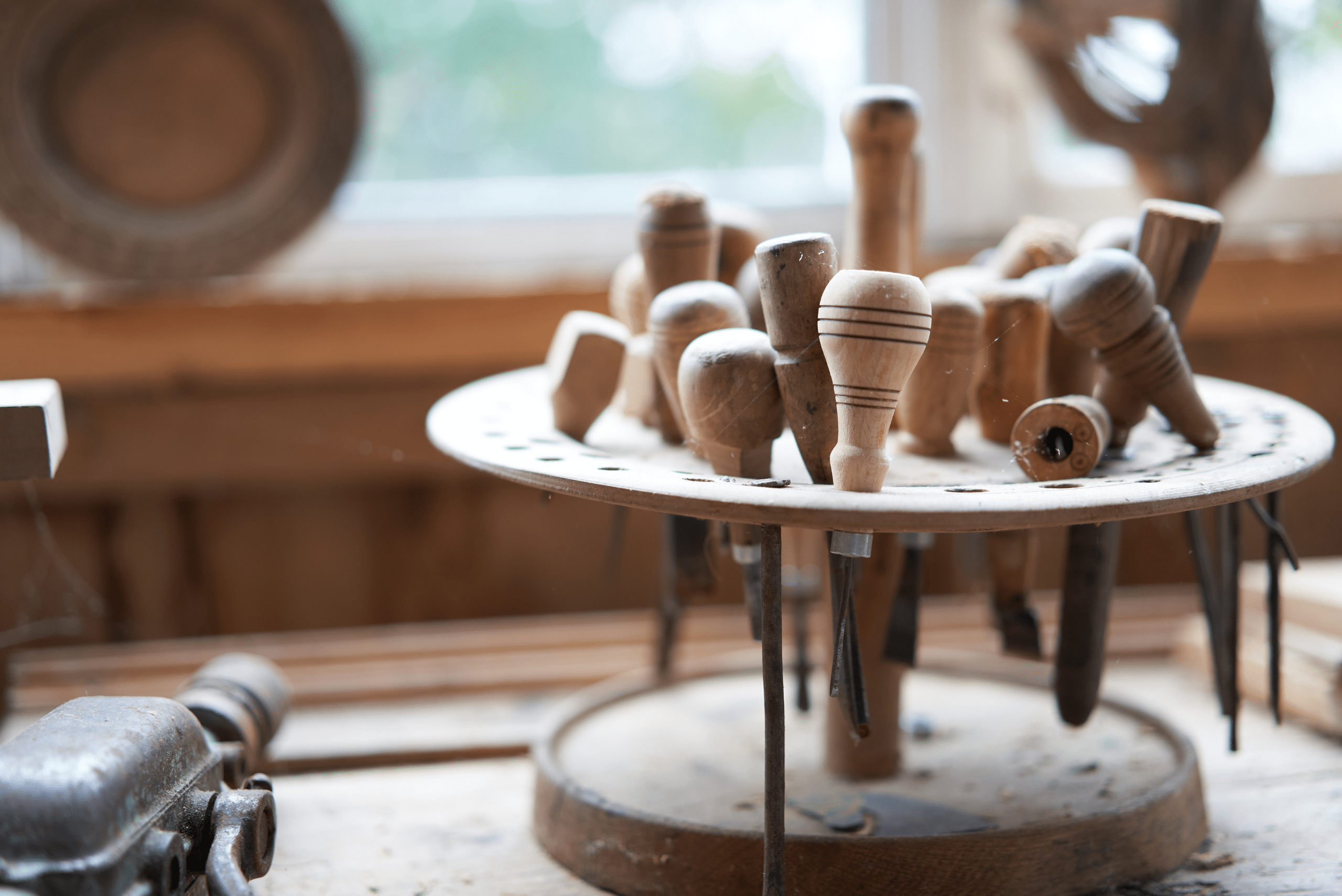
The most fundamental tools in a wood carver’s arsenal include carving knives, gouges, chisels, and mallets. Each tool serves a unique purpose, from detailed carving with a knife to removing larger sections of wood with gouges and chisels. A mallet is often used in conjunction with chisels to provide the force needed for deeper cuts. Selecting quality tools that feel comfortable in your hand is crucial, as they become an extension of your creative expression.
Whittling – A Relaxing Way to Start Wood Carving
Whittling is a form of wood carving that involves using a carving knife to shape wood into various objects and designs. It’s an excellent starting point for beginners due to its simplicity and the minimal tools required. Whittling allows you to become acquainted with the basic techniques of wood carving, such as cutting, shaping, and detailing, all while fostering a deeper connection with the material.
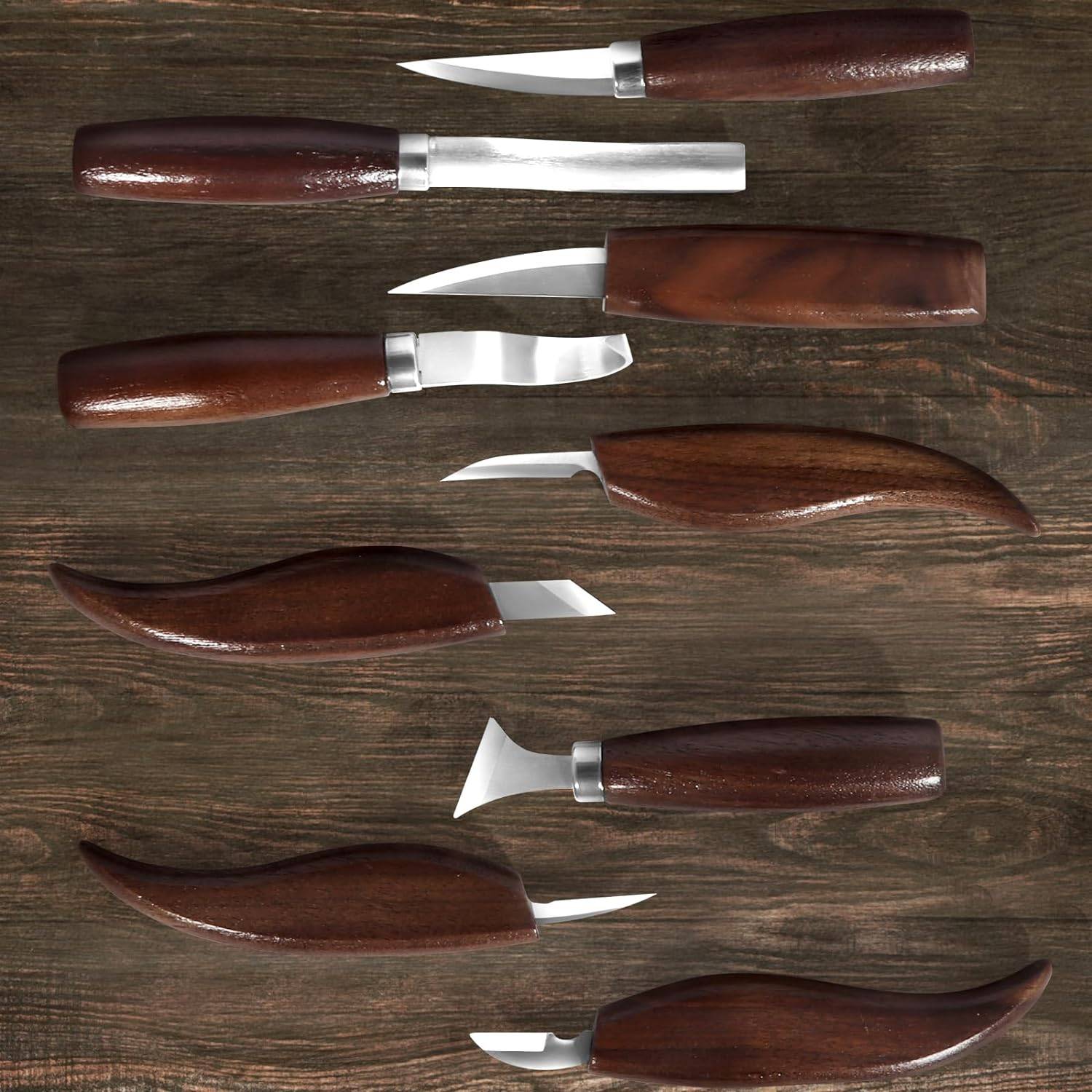
Starting with soft woods like basswood is advisable, as it’s easier to cut and shape. Through whittling, you’ll not only develop your carving skills but also gain a sense of the wood’s behavior and how to manipulate it to achieve your desired outcome. This foundational knowledge will be invaluable as you progress to more complex projects and techniques.
Expanding Your Toolkit – Intermediate Tools for Advanced Techniques
As your skills and confidence grow, you’ll find yourself eager to explore more advanced wood carving techniques. This exploration necessitates expanding your toolkit to include specialized tools designed for specific tasks. Tools such as V-tools for creating sharp lines and textures, spoon gouges for hollowing out areas, and different sizes and shapes of chisels and gouges to add depth and detail to your work will become essential.
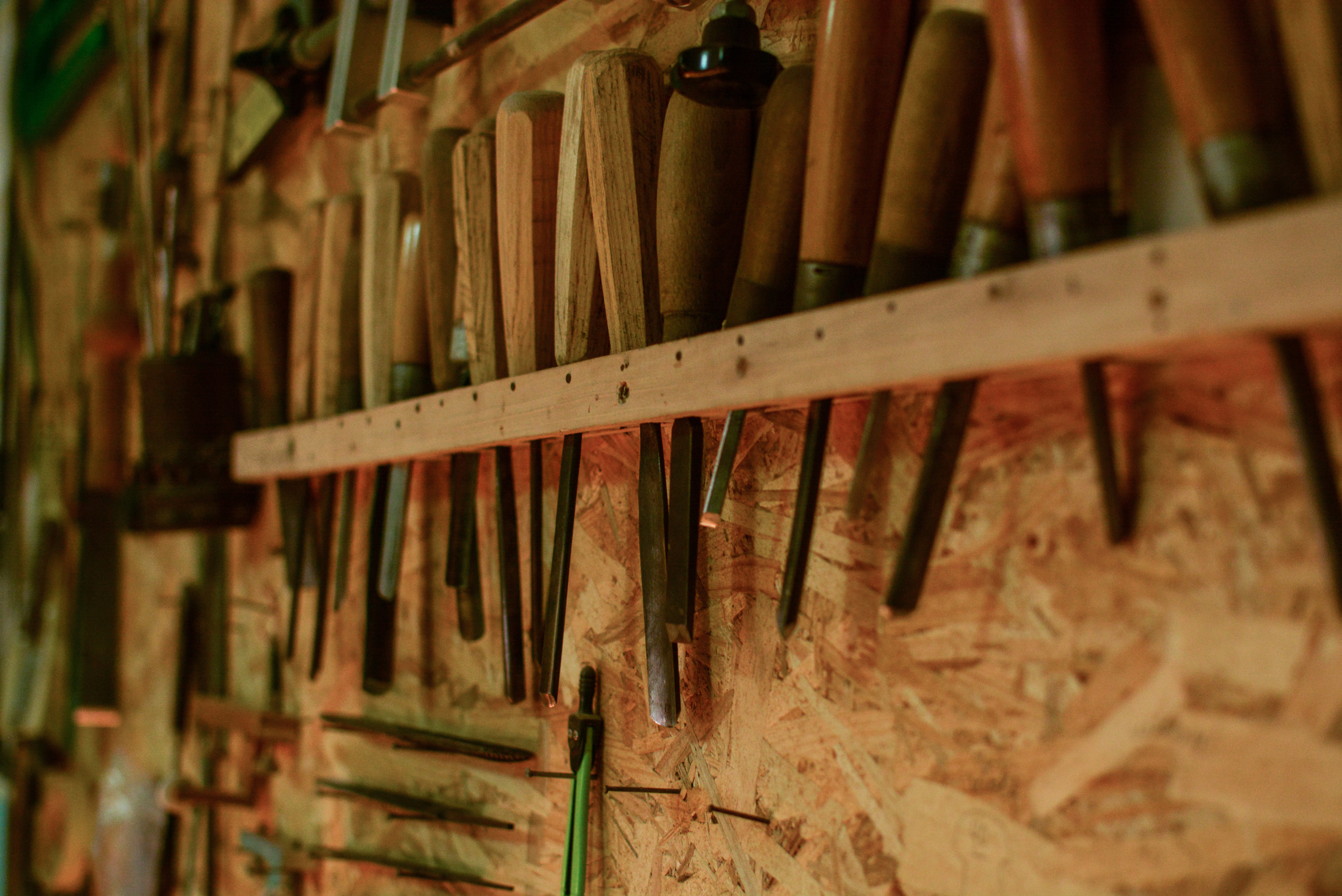
Investing in these tools not only broadens the range of projects you can tackle but also enhances the quality of your work. It’s important to remember that each new tool requires time to master, so patience and practice are key. With dedication, you’ll soon find that these advanced tools offer new avenues for creativity and expression in your wood carving projects.
Keeping Your Wood Carving Tools in Top Condition
Maintaining your wood carving tools is just as important as selecting the right ones. Sharp tools are essential for clean cuts and detailed work, making regular sharpening a crucial part of tool maintenance. Learning to sharpen your tools not only ensures they’re always ready for use but also extends their lifespan, making it a valuable skill for any wood carver.
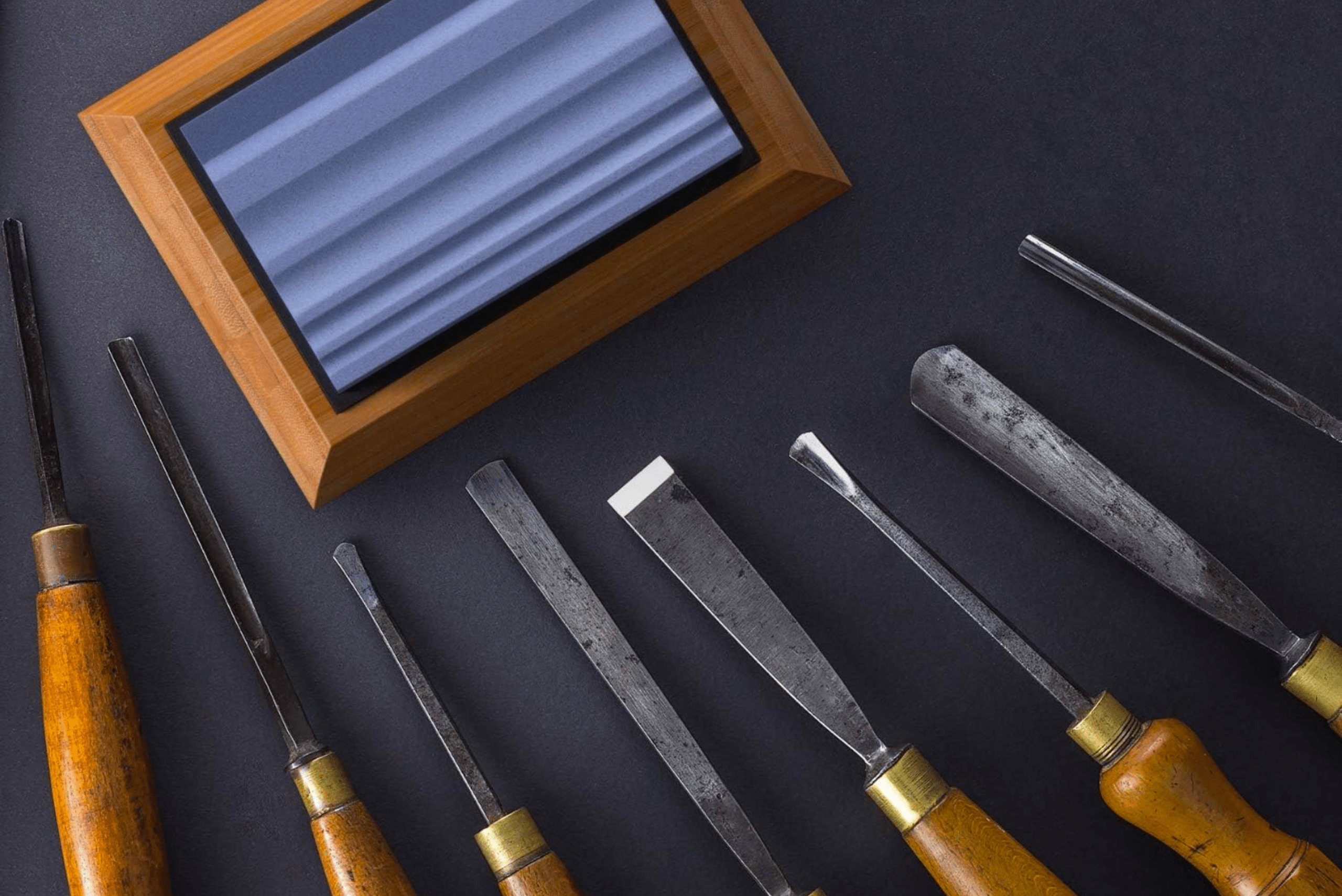
In addition to sharpening, proper storage and handling of your tools protect them from damage and wear. Creating a dedicated space for your tools, where they are organized and easily accessible, can enhance your carving experience and inspire you to embark on new projects.
Related Articles:
- How to Build a Wooden Box – Step-by-Step DIY Guide
- Wood Carving Ideas – Inspiration for Beginner Projects and Techniques
- Unlock Your Creativity With Scroll Saw Projects
Wood carving is a hobby that opens up a world of creative possibilities. By starting with the basics and gradually expanding your toolkit and skills, you’ll discover the joy and satisfaction that comes from creating something beautiful with your hands. Remember, the key to success in wood carving is patience, practice, and a passion for the craft. With these elements, you’re well on your way to becoming a skilled wood carver, ready to carve your unique path in the world of wood carving.
Ready to start your next project? Join our DIY community to receive tool tips, how-to guides, and exclusive creative insights. Subscribe to the ManMadeDIY newsletter now! Click here to unlock a world of hands-on inspiration.

